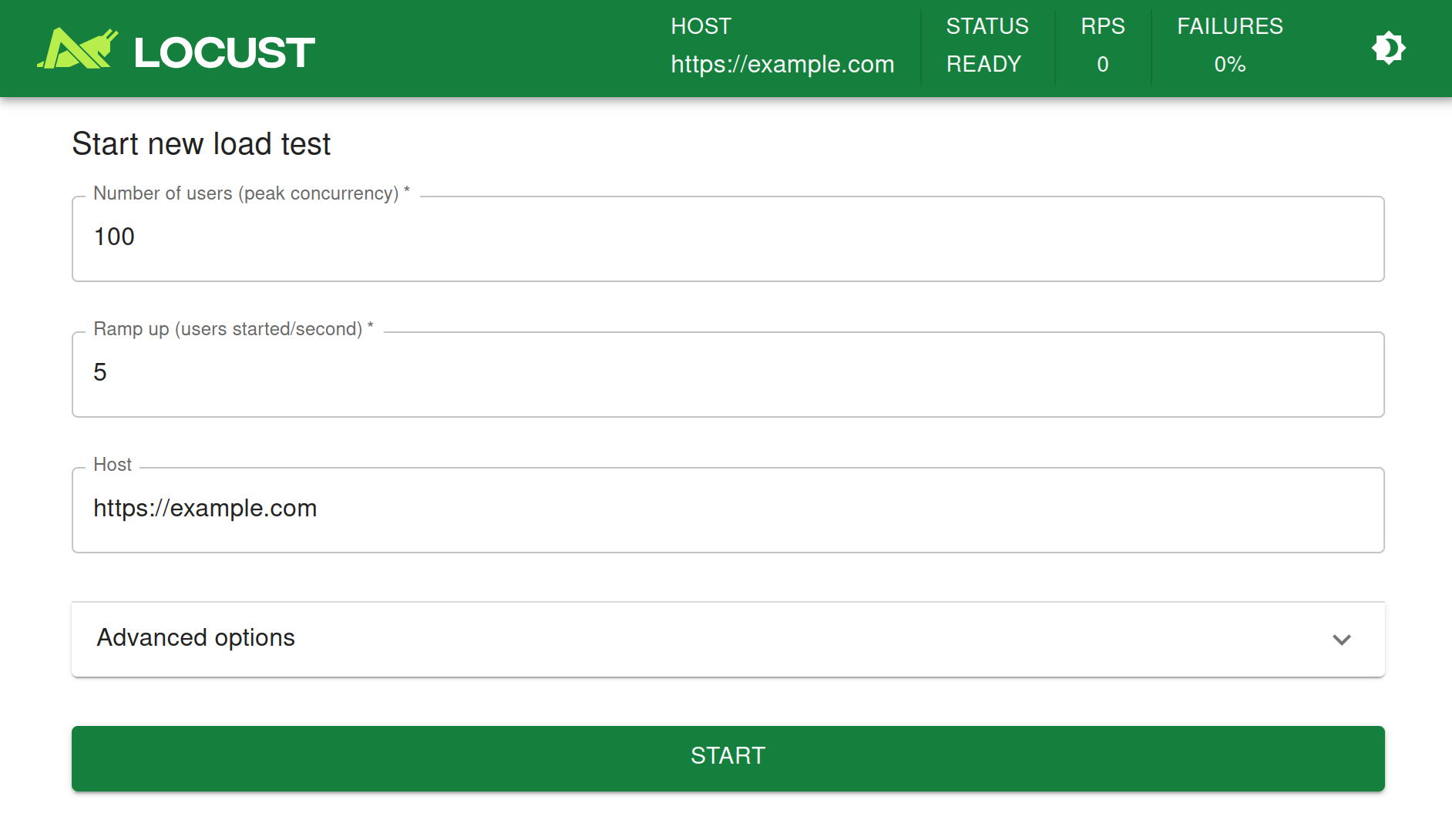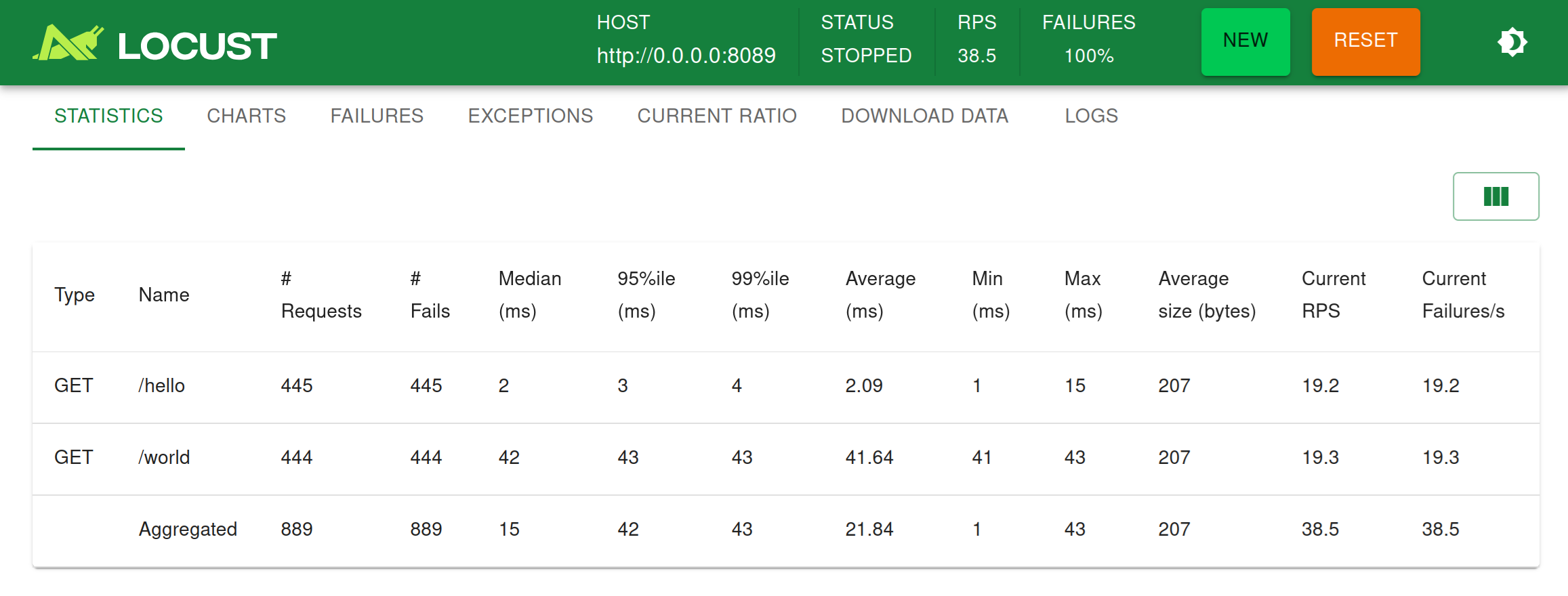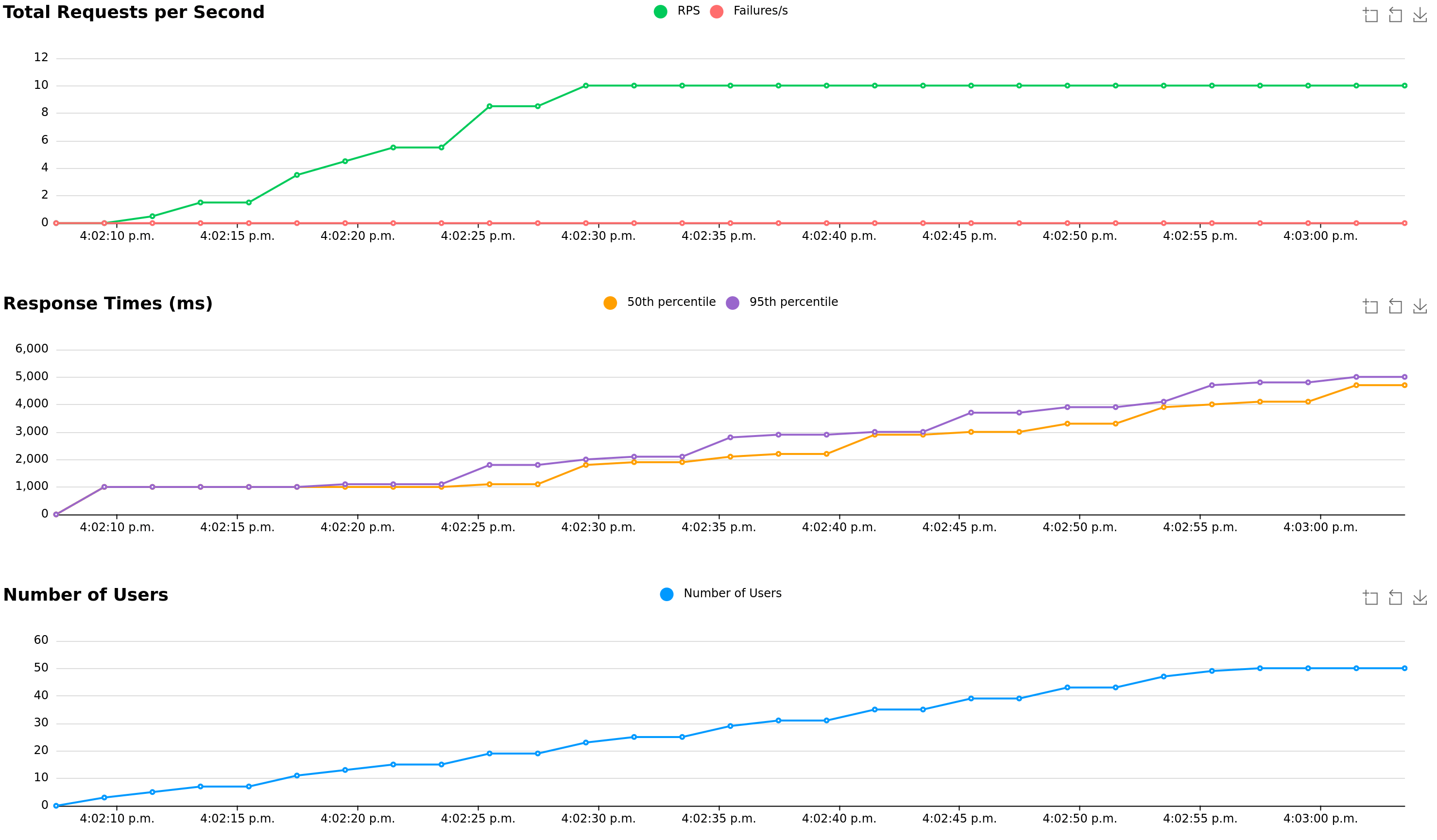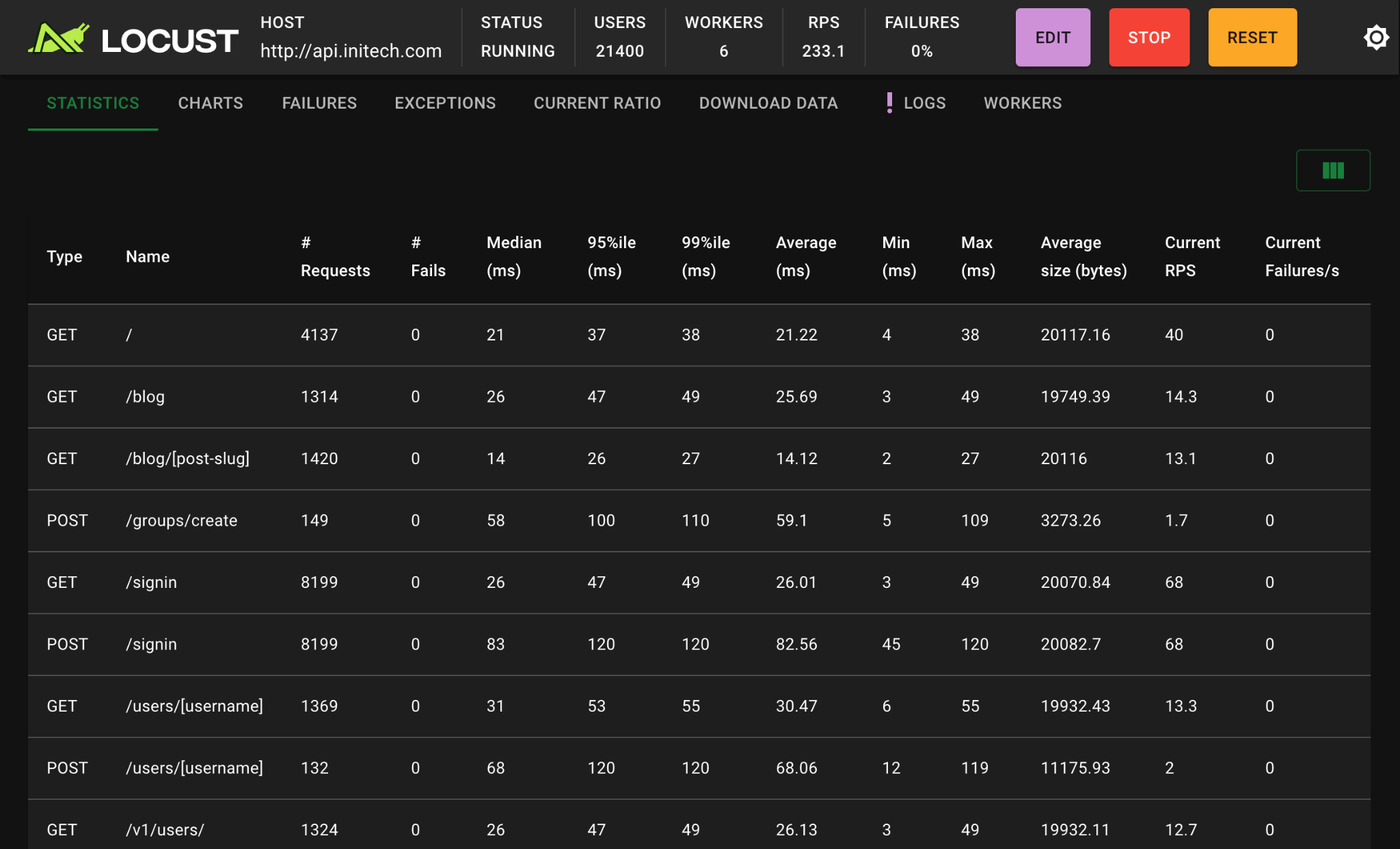Table of Contents
Introduction
Imagine your application being accessed by thousands of users simultaneously. Is it ready for that challenge? Ensuring the stability and performance of your system under heavy load is essential for its success and reliability. Load testing helps simulate extreme conditions, making sure your application doesn’t lose performance or, in the worst-case scenario, go offline during critical moments.
Locust stands out as a powerful and practical tool in this process. With its intuitive interface, it combines flexibility and robustness to simulate scenarios, allowing you to test your application with thousands (or even millions) of simultaneous users within minutes.
What is Locust?
Locust is an open-source tool for load and performance testing, written in Python. It allows you to simulate multiple users accessing your application simultaneously, helping to identify bottlenecks, scalability issues, and infrastructure limitations. Locust can be used to test APIs, web applications, and any system that handles HTTP requests.
How does it work?
Locust can be installed as a Python package, among other methods (such as using a Docker container, for example). With just one command in the terminal:
pip install locust
Create classes inheriting from HttpUser, each one simulating the behavior of a specific type of user. Here’s a basic example:
from locust import HttpUser, task
class HelloWorldUser(HttpUser):
@task
def hello_world(self):
self.client.get("/hello")
self.client.get("/world")
To run the test, simply execute:
locust -f hello_world_test.py
Then, go to http://localhost:8089, enter the number of users, the spawn rate, and the target endpoint you want to test. That’s it! Locust will start simulating the traffic and display the results in real time.



Why use Locust?
-
Simple and flexible: tests are Python scripts that are easy to maintain.
-
Scalable: can run in distributed mode with multiple workers.
-
Customizable: you can simulate complex user behaviors.
-
Great visualization: user-friendly, interactive web interface with pre-configured charts that make result analysis easier.
-
Additional features: automatic generation of detailed logs, allowing you to monitor the application’s behavior.
When to use Locust?
Locust is ideal for testing REST APIs, websites, or any web service, ensuring your application is ready to handle real-world demand. It’s especially useful:
-
Before major releases: to identify performance bottlenecks and prevent critical failures.
-
During infrastructure changes: helping validate scalability and stability after significant updates.
-
As part of continuous performance testing: integrating it into CI/CD pipelines to ensure consistent long-term performance.
-
To simulate real-world usage scenarios: such as promotional events, marketing campaigns, or seasonal traffic peaks where thousands of users might access the system simultaneously.
Conclusion
Ensuring an application’s reliability goes far beyond just having functional code — it’s about delivering a consistent and robust experience, even under heavy demand. Investing in load testing is essential to anticipate bottlenecks and improve performance.
Locust stands out as an efficient and accessible tool, making it easy to simulate scenarios while harnessing the full power of Python. With a gentle learning curve and an intuitive interface, it’s an excellent choice for both beginners and experienced professionals.
Ready to take your load testing to the next level? Visit the official website and get started now: locust.io

